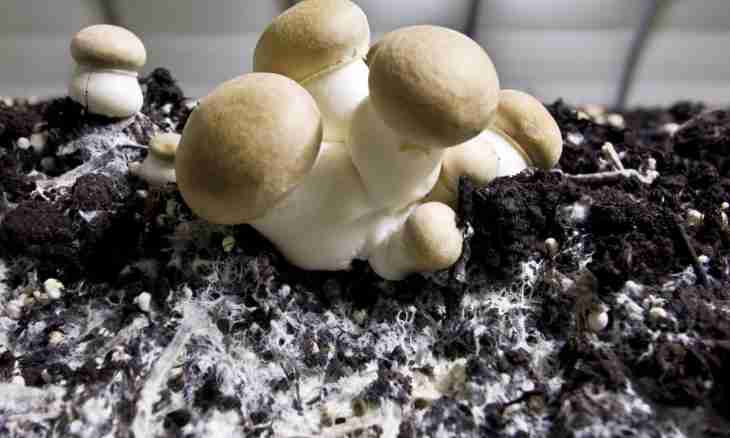Mushrooms – some of the most ancient terrestrial inhabitants of Earth. They form separate very extensive – about one and a half million – and widespread group of organisms which except usual shlyapochny mushrooms also barmy, mold and parasitizing types enter. Many of them are still not studied.
Food and reproduction – extremely important points in life of any organisms. In it mushrooms and plants differ from each other essentially. These differences also allowed scientists to distinguish mushrooms to the certain kingdom - earlier they were considered as the simplest plants. Now the botany is still engaged in studying plants, mushrooms are studied by a mycology.
Ways of food of mushrooms and plants
Plants independently support the life cycle by transformation of inorganic substances into organic. A necessary condition of this process is existence of a chlorophyll. A chlorophyll - a pigment of green color by means of which photosynthesis is carried out. In turn, photosynthesis is impossible without sunlight, water and carbon. The received substances of a plant keep in the form of starch. Such type of food is called autotrophic. One of important points of activity of plants which for them, however, is accompanying - plants emit oxygen.
Mushrooms are not capable to reproduce organic chemistry independently. They have no chlorophyll and, therefore, photosynthesis process in this case is impossible. They receive all necessary substances already ready, soaking up them in the form of water solution. Many mushrooms exist in symbiosis with plants which provide them with nutrients. Mushrooms are capable to exist in the most various environments. Existence of sunlight, water and air is not for them need. Some types parasitize on living organisms and even in them and also on dead organic compounds. The method of food used by mushrooms is called heterotrophic. Not used nutrients keep mushrooms in the form of a glycogen.
Reproduction
Plants breed in various ways. However most often it occurs by means of seeds which in favorable conditions sprout. Seeds of plants represent a metaphyte which main part is the germ - all the rest is designed to provide its activity. Some sources define a seed as "a rudimentary plant". Quite often it has a dense outer sheath, in certain cases possess thorns or prickles which can be hooked, for example, for hair of an animal and render at considerable distance from a maternal plant. Mushrooms most often breed the disputes representing the smallest unicell which can be considered only under a microscope. Disputes do not contain a germ. They ripen in the plates which are under a mushroom hat. After maturing the disputes just drop out outside and are carried by air flows. Mushrooms mark out a huge number a dispute. Thanks to the extremely small sizes and very significant amount it is possible to meet them in the most unexpected places. Disputes of parasitic fungi can be proved in a body of human or an animal where they, undoubtedly, get with breath.
Other distinctions
Except everything is higher than told there are also some other distinctions. The first and the most noticeable – the external structure of mushrooms and plants. Variously also structure of the cells of these organisms. Cages of plants have a cellulose cover. Covers of mushroom cages contain chitin that, it is kind of strange sounded, to some extent makes them similar to insects and Crustacea.

